Acupuncture Therapy Services
Conveniently Book Your Appointment Online
We offer wide variety of treatments and techniques that will help you with relieving your pain. Our therapists are all registered with their respective organizations and are highly trained to give you the best treatment you deserve. We are a multi-disciplinary wellness clinic in St. Albert that offers Massage Therapy, Manual Osteopathic Therapy and Acupuncture.
Conveniently book the service you need online or call us for more information to help you decide which treatment is right for you.
What Is Acupuncture?
Promotes wellness, alleviates pain and treats various mental, physical and emotional conditions.
Acupuncture is considered a safe treatment as long as it is performed by a qualified practitioner, such as the acupuncturist at Healing Point Massage Therapy. It is an alternative to pharmaceutical treatments, is non-toxic and adverse reactions are minimal. The World Health Organization (WHO) recognizes over 100 conditions that acupuncture can be used to treat.
Your acupuncturist will start by taking a comprehensive health history in order to gain a complete understanding of your health. This will allow them to create an individualized treatment plan for you, and let you know what to expect. With your consent, you will receive an acupuncture treatment on the first visit, and a personalized treatment plan and schedule.
At Healing Point Massage Therapy we provide different acupuntures treatments in order to help clients in varying ways. Treatments may include acupuncture and other associated modalities including: cupping, guasha, tuina, electroacupuncture, sound healing, and hypnosis.
The World Health Organization (WHO) recognizes over 100 conditions that acupuncture can be used to treat including the following:
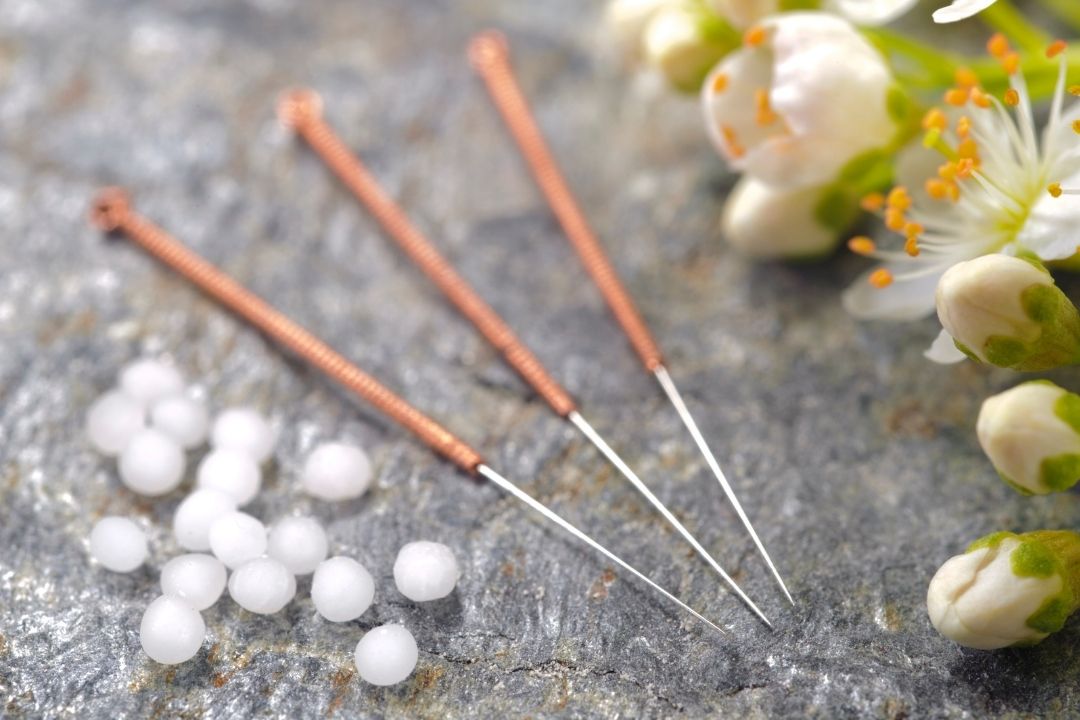
Acupuncture can provide relief and treatment for a wide range of conditions.
These include:
• Pain (headaches, migraines, TMJD, gout, colic, tramatic and post-op pain)
• Neurological (neuralgia, strokes, Bell’s palsy, insomnia)
• Respiratory (allergic thinitis, tonsillitis, asthma)
• Digestive (epigastric pain, nausea, vomiting, cholecystitis)
• Urogenital (urinary retention, prostatitis, UTIs, sexual disorders
• Gynaecological and Obstetric (dysmenorrhea, PMS, infertility)
• Cardiovascular (hypotension/hypertension, angina pectoris)
• Mental & Emotional (depressions, addiction, schizophrenia)
• Pediatric (diarrhea, convulsions, paroxysmal cough)
• Skin (herpes zoster, neurodermatitis, acne vulgaris)
Comprehensive Acupuncture Services
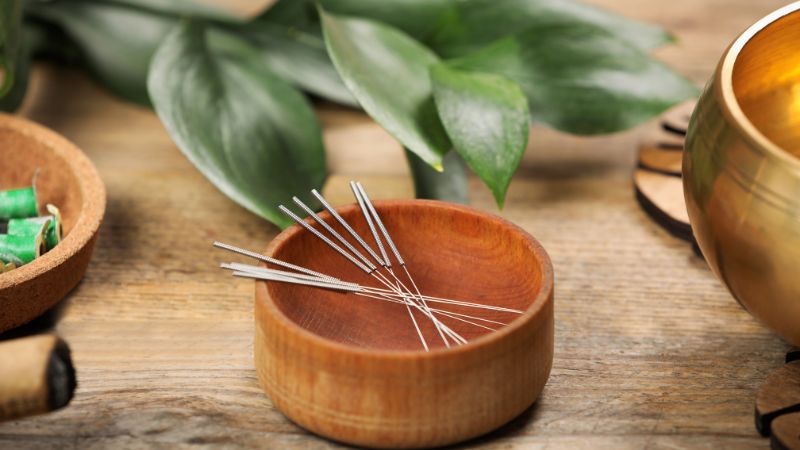
Designed to promote healing and well-being, our treatments address various conditions such as pain, neurological issues, and respiratory problems. Utilizing traditional acupuncture techniques along with cupping, guasha, tuina, and electro-acupuncture, our skilled practitioners ensure personalized care for optimal results.
Associated Modalities

Electroacupuncture
An electric current is used to further stimulate acupuncture points during treatments for Enhanced Pain Relief, Muscle Relaxation, Nerve Regeneration, Increased Blood Flow, Reduced Inflammation, Consistent Stimulation, Neurological Issues, Improved Digestion, and Managing Chemotherapy Side Effects.
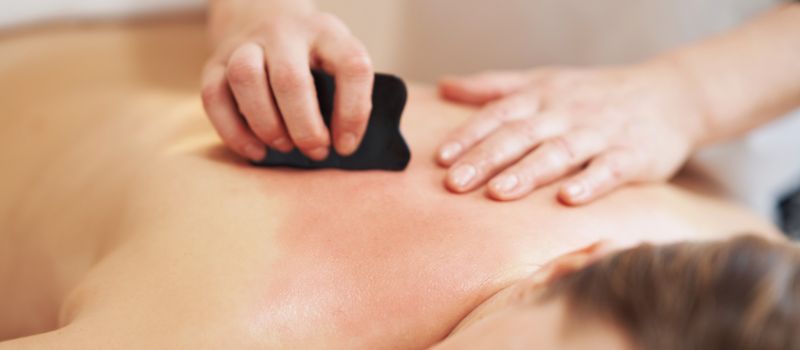
Tuina Therapy
Tui na, which can be translated as “push-grasp,” is a form of traditional Chinese therapeutic massage and bodywork. It’s used to treat a variety of conditions, especially musculoskeletal issues like back pain, sprains, and joint pain, but also some non-musculoskeletal problems such as headaches, digestive disorders, and sleep disturbances. Often implemented in conjunction with acupuncture treatments.

Guasha Therapy
In gua sha, a smooth-edged instrument (traditionally made from jade, bone, or horn) is used to apply short or long strokes on the skin, typically in the area of pain or discomfort. This scraping produces light bruising or petechiae, which appears as red or purple spots. It promotes oxygenation of the surrounding tissues and breaks up stagnation.
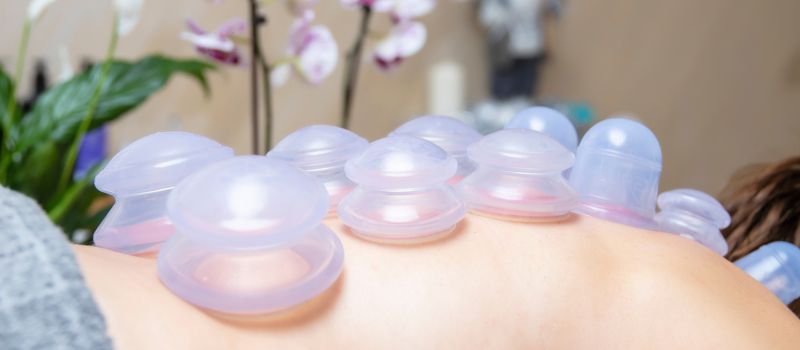
Cupping Therapy
Cupping involves placing cups (usually made of glass, bamboo, or silicone) on the skin to create suction. Treatments promote Increased Blood Circulation, Pain Relief, Deep Tissue Stimulation, Detoxification, Muscle Relaxation, Stress Reduction, Improved Energy Flow, Skin Health Improvement and Respiratory Relief. Visible circular marks or bruises, which are harmless and temporary, often result from the therapy.
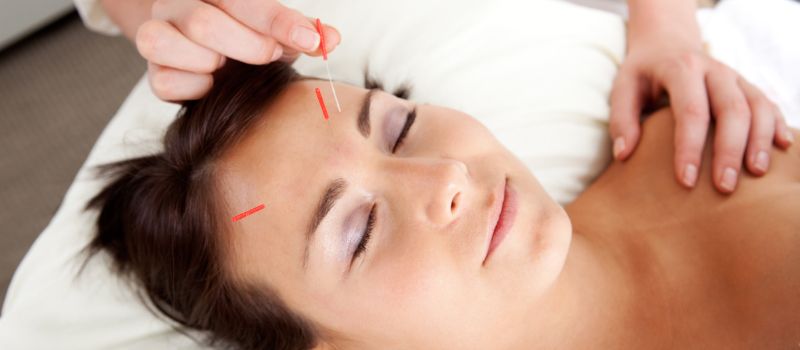
Facial Rejuvenation
Facial Rejuvenation uses thin Acupuncture needles and facial cupping, both of which are highly effective in opening meridians and allowing Qi and blood to flow smoothly resulting in a renewed, fresh and vibrant look. Recommended 5-10 sessions for great results.
Traditional Chinese Medicine (TCM) Acupuncture Services

TCM acupuncture is a therapeutic practice rooted in Traditional Chinese Medicine (TCM) that involves inserting thin needles into specific points on the body, known as acupuncture points or meridians. This technique aims to balance the flow of “Qi” (vital energy or life force) and restore harmony within the body.
Its many benefits include:
- Pain Relief: Effective for chronic pain conditions such as arthritis, migraines, and back pain.
- Stress and Anxiety Reduction: Can promote relaxation and reduce symptoms of stress and anxiety.
- Improved Sleep: Some people experience better sleep patterns after treatment.
- Digestive Health: Can alleviate issues like irritable bowel syndrome, indigestion, and constipation.
- Support in Addiction Recovery: Helpful in managing withdrawal symptoms and reducing cravings.
- Immune System Boost: Might enhance the body’s natural immune response.
- Respiratory Health: Beneficial for conditions like asthma, allergies, and sinusitis.
- Reproductive Health: Can aid in managing menstrual disorders, infertility, and symptoms of menopause.
- Reduced Side Effects of Cancer Treatments: Can help alleviate nausea, pain, and fatigue associated with chemotherapy and radiation.
- Enhanced Overall Wellbeing: Many report a sense of improved energy, mood, and vitality.
Associated Modalities
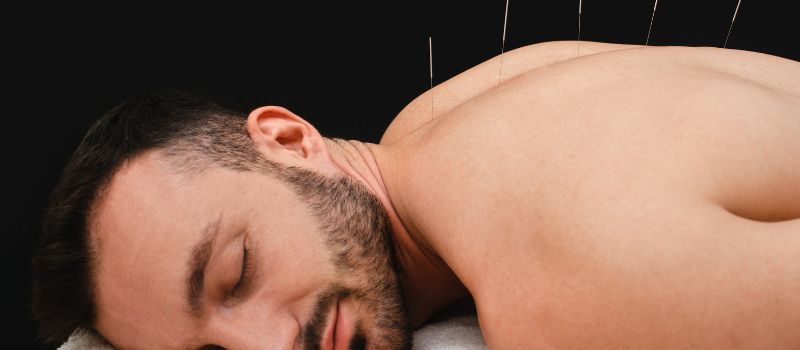
HypnoPuncture (Acupuncture & Hypnosis Combined)
HypnoPuncture is a combination of Hypnosis and Acupuncture. Hypnosis can help you bypass your rational mind and access your subconscious. Using the power of suggestion, we can start changing your subconscious to align with the conscious. With enough repetition, the subconscious becomes familiar with desired outcome and works in tandem with the conscious to achieve your goals.
- HypnoPuncture is designed to activate our subconscious minds. Our subconscious mind makes up about 88% of what we are conscious of. Our Conscious mind makes up about 12% or less of what we are conscious of in our everyday state.
- In hypnosis we activate the subconscious so the conscious mind can be in communication. This allows us to become more aware of ourselves and our surroundings.
- Acupuncture points are placed in the body, then Hypnosis is set in motion.
- Hypnosis is great for Emotional Stability, Hot flashes, Addiction recovery, Weight management, Thyroid Health, Decreasing pain & Digestive support.
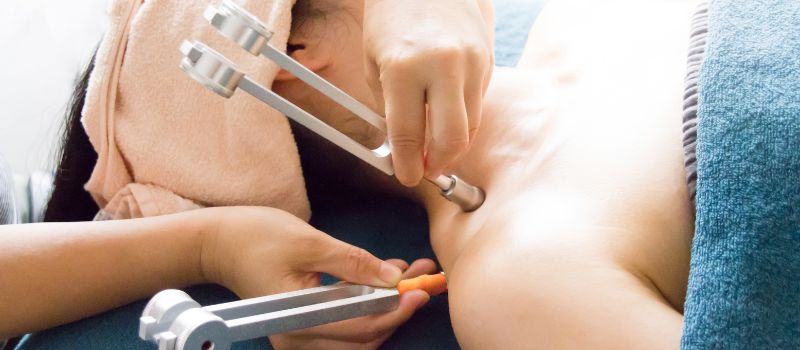
Acupuncture with Sound Healing
Sound Healing is a non-invasive technique based on Ancient Chinese Medicine in which tuning forks are applied to various acupuncture points within the body. Each tuning fork has a specific function based on its particular planetary vibrational frequency. Some help move you forward in the areas where you may feel stuck; others make you feel lighter and able to shift your conscious awareness in everyday life.
- Sound healing is a non-invasive treatment.
- Sound healing can be added into an Acupuncture session
- The frequency and the vibrations activate deeply on a cellular level
- Sound and Acupuncture together activates the nervous system and deeply relaxes the body
- This combination assists with inducing labour.
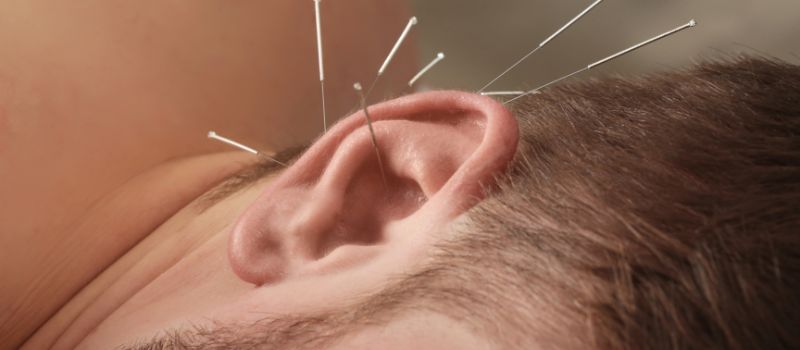
Ear Acupuncture (Nada Protocol) - For Healing Stress, Trauma & Addiction
• SHEN MEN: Helps calm the Nervous System
• SYMPATHETIC NERVOUS SYSTEM: Regulates the fight or flight
• KIDNEY: Connects with the Fear, allow one to stay present
• LIVER: Balances out the Anger and Irritability
• LUNG: Balances out the Grief and Sadness
• This is done in a group setting or one on one session
36 Week Protocol to Help Prepare for Birth
• Uses specific Acupuncture points on the body.
• These points support the body to support, nourish and activate the meridians for birth.
• Includes sound healing to support the deep relaxation and connection
with your baby.
• This protocol supports in the activation of the inducement, through a variety of sound forks and Acupuncture needles
• Acupuncture treatment is given once a week until delivery of baby.
It’s worth noting that while many people find benefits from acupuncture, individual results can vary, and it’s essential to seek treatment from a qualified practitioner. Unlike many drugs, acupuncture is non-toxic and has minimal adverse reactions.
Acupuncture Services Frequently Asked Questions
Does acupuncture hurt?
There are normal sensations that may occur upon insertion of a needle including tingling, numbness and heaviness. These sensations are referred to as “de qi”. Some points may cause some discomfort, others might not be felt at all, on insertion. However, acupuncture, generally, should not be painful and you should talk to your practitioner about any discomfort you may feel.
What are the most common side effects?
The most common side effects include discomfort at the needling site, minor bruising and fatigue.
How long does acupuncture take to work?
Many patients will see some improvement after the first treatment. However, acupuncture works cumulatively and it will likely take numerous treatments to achieve your desired result. Your acupuncturist will propose an ideal treatment plan for you at your first visit and will discuss treatment expectations.
Can I receive acupuncture during pregnancy?
Yes, acupuncture is safe during pregnancy and can be used to treat conditions common in pregnancy, including nausea and vomiting. However, please let your acupuncturist know if you are pregnant, so that they can create a treatment plan that ensures the safety of you and your baby.
Do you re-use the needles?
No, the needles are single-use disposable medical instruments.
What can I expect during acupuncture treatment?
Your acupuncturist will listen to your concerns and take a comprehensive health history. They may ask to see your tongue or take your pulse as a diagnostic tool. Your acupuncturist will propose an individualized treatment plan for you. They will discuss what to expect during your treatment. If given your informed consent, they will proceed with your treatment which may include acupuncture and its associated modalities.

